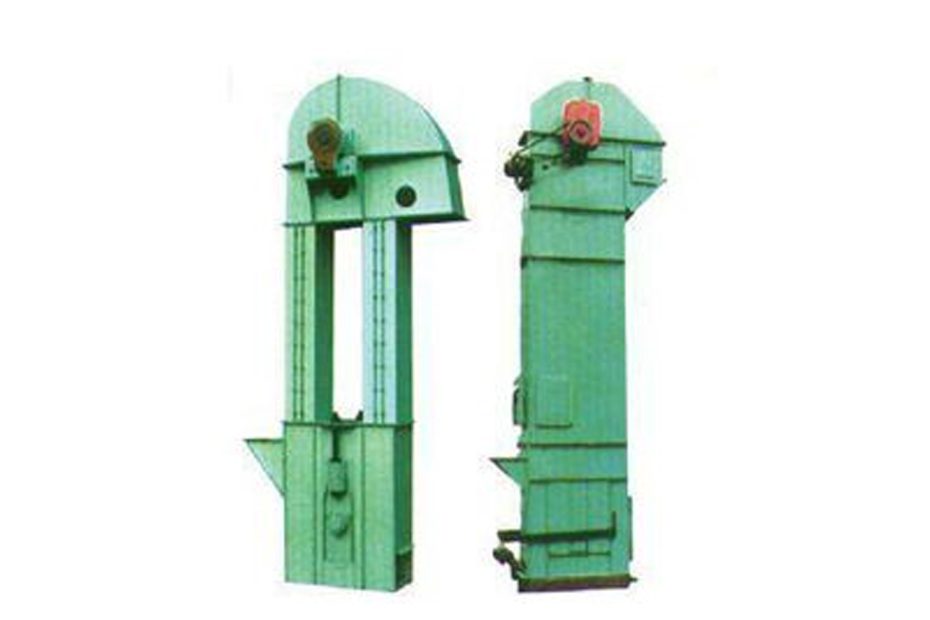Bucket elevator, also known as bucket conveyor or bucket elevator, is a mechanical conveying equipment used to transport powdery, granular, blocky and other materials in the vertical direction.
The bucket elevator has simple structure, high transmission efficiency, and large conveying height, and is widely used in grain, oil, feed, chemical fertilizer, ore and other industries.
- Operating points 1 # :The principle of “start without load and stop without load” must be followed during operation. That is to say, start the machine first, and then feed after the operation is normal; the material in the machine should be emptied before stopping.
- Operating points 2 # :Routine inspection should be done before driving the bucket elevator, that is, check the fasteners, safety protection and equipment lubrication.
- Operating points 3 # :When working, the feeding should be uniform, and the discharge pipe should be unobstructed to avoid blockage. In case of blockage, stop feeding immediately and shut down the machine, pull the plug plate of the machine base to remove the blockage. (Note that you cannot directly reach into the base with your hands at this time)
- Operating points 4 # :During normal operation, the bucket belt should be in the middle of the barrel. If it is found that there is a phenomenon of deviation or the bucket belt is too loose to cause collision and friction between the bucket and the machine barrel, it should be adjusted in time through the tensioning device.
- Operating points 5 # :Strictly prevent large foreign objects from entering the machine base, so as not to damage the bucket and affect the normal operation of the bucket elevator. When conveying materials that have not been preliminarily cleaned, iron grids should be installed at the feed inlet to prevent fibrous impurities such as straw, straw, and rope from entering the machine base and causing winding blockage.
- Operating points 6 # :The following issues should also be paid attention to when the equipment is running:
a. Irregularly adjust the tensioning screw of the machine base and the tensioning of the bucket belt to eliminate the deviation and edge rubbing of the bucket belt.
b. Observe whether there is any abnormal noise, and stop the vehicle in time to eliminate it.
c. Check the bearing temperature. If it exceeds 40°C, stop the machine for inspection and rule it out. - Operating points 7 # :n case of a sudden shutdown, the material accumulated in the machine base should be discharged before starting the machine.
- Operating points 8 # : Regularly check the tension of the bucket belt of the hoist and whether the connection between the bucket and the bucket belt is firm. In case of looseness, falling off, skewing and damage of the bucket, it should be repaired or replaced in time to avoid more serious consequences. Annual overhaul should be fully inspected, fastened or replaced parts.
- Operating points 9 # :The rolling bearing is lubricated with calcium-based grease. Add lubricating oil once a month; disassemble and wash once a year during overhaul, and replace lubricating oil.
- Operating points 10 # :If the machine is shut down for more than half a month, the movable door of the machine base should be opened before restarting the machine, and the internal material of the machine should be cleared before turning on the machine.

summary
Bucket elevator is a commonly used material conveying equipment, which is widely used in various industrial and mining places. During the daily operation of the bucket elevator, it is necessary to strictly abide by the equipment process requirements to ensure the normal and stable operation of the equipment and improve production efficiency.
